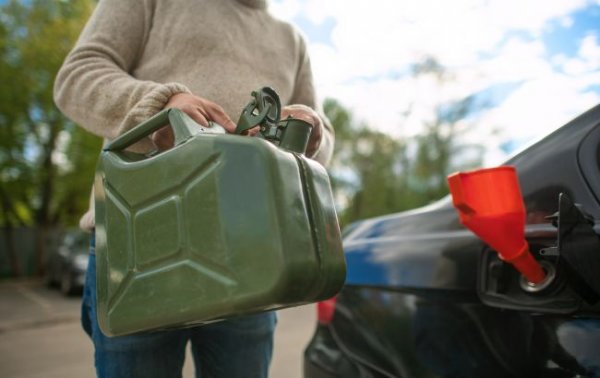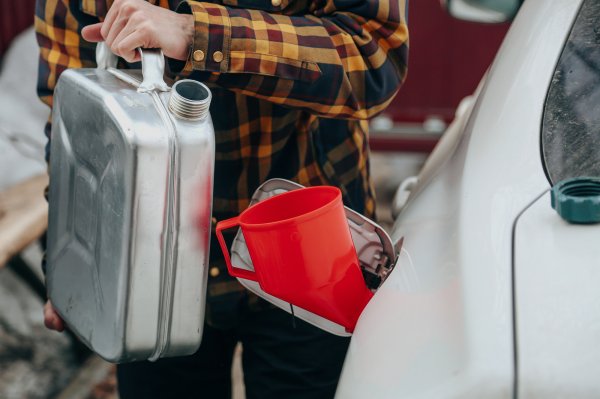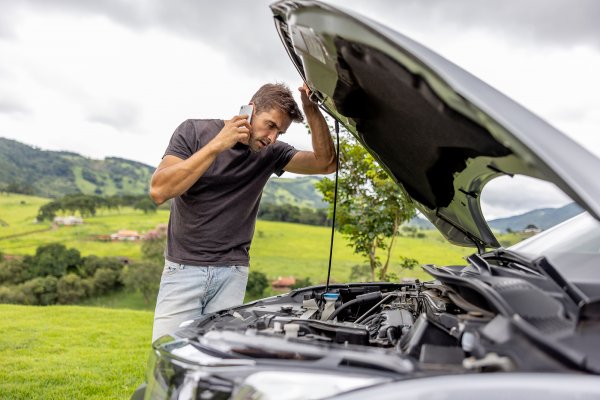
Photo: Why bad gasoline is dangerous for cars (Getty Images) Author: Konstantin Shirokun
From time to time drivers hear unpleasant stories from colleagues about filling up with bad gasoline. What does this really mean and what are the risks of such fuel?
Read about the harm caused to your car by low-quality gasoline and how to avoid it in the RBC-Ukraine article.
Probably, there is no need to explain that it is impossible to distinguish “bad” gasoline from “good” with the naked eye (by the way, this also applies to diesel fuel). Especially when the evaluation criteria are not clearly defined. RBC-Ukraine Auto journalists are ready to share the secrets of high-quality and low-quality gasoline.
But first of all, let's say that in Ukraine these days you can only stumble upon really low-quality fuel at some small, obscure gas station in the remote outback. Or when filling up from a canister, when the origin of neither the canister itself nor its contents is known for certain.

Why is gasoline bad?
There are several characteristics that make gasoline bad and will cause harm to your car.
Wrong Euro standard. Perhaps the most common defect of gasoline in our time is its non-compliance with the requirements of the Euro-5 standard in force in the country. For cars that comply with the environmental standards of this class, this means that the fuel will contain excessive amounts of sulfur and aromatic hydrocarbons.
And thus, the car will emit too toxic exhaust gases into the atmosphere, and its own exhaust gas neutralizers will fail prematurely. And if there is too much sulfur (not 0.05 mg/kg, but 500 µg/kg), then in engines of all eco-standards, corrosive wear of parts (one of the main types of wear) accelerates and the motor oil ages quickly.
On the other hand, overdosed aromatics will contribute to the accumulation of carbon deposits on the valves and in the combustion chambers of the engine, which is bad for heat exchange and the engine's life – it will wear out faster and require major repairs. Which sometimes may simply be inappropriate.
Too evil additives. To regulate the octane number (ON) of gasoline, its manufacturers can use octane-boosting additives. Which can be normal, completely legal, or they can be so cheap that along with increasing the RON, they will gradually kill the engine. And sometimes not a little.
Inadequate additives in gasoline slow down the combustion process of the fuel mixture, and this sooner or later leads to the melting of pistons and valves. In addition, these cheap anti-knock components form deposits on engine parts, which in turn reduce the engine power and its service life. Therefore, against this background, there is nothing to talk about spark plugs, which are covered with a thin red layer of ferrocene and begin to work poorly. This plaque disrupts spark formation, and even disables the ignition coils.
It happens that the manufacturer has done a bad job and allowed the octane number to be lowered. Consequently, because of this, such a merciless detonation is possible in the engine that some sensors and even parts of the cylinder-piston group will be destroyed. The latter case means a major engine overhaul.
Just dirt . Such cases are rare these days, but keep in mind that counterfeit gasoline can be dirty, with impurities of mechanical particles. First of all, we are talking about rust particles from old gas station tanks, tankers or canisters. Consequently, first the fuel system filters will clog up prematurely, and the engine will not be able to work under load, and then it will start to “choke” without fuel.

In brief
To avoid accidentally filling up with low-quality fuel (either gasoline or diesel), it is enough to follow a few simple rules:
- Don't fill up at the first gas station you come across . It's better to top up your fuel supply at branded chain gas stations. Also, don't buy fuel in canisters from small resellers, because here you can get the whole bunch of the above-mentioned problems;
- Use filters. If you have to fill up from a canister, use a watering can with a fine mesh filter – it retains water and particles of solid debris;
- Do not pour questionable gasoline into an empty tank. It is advisable not to let the tank get almost empty when traveling in unfamiliar regions. If about half of the quality fuel remains in it, the added surrogate will get into the engine in a diluted form, i.e. the risk of damaging the engine will be less.
Let us recall that RBC-Ukraine recently reported why pedestrians are not always right.
